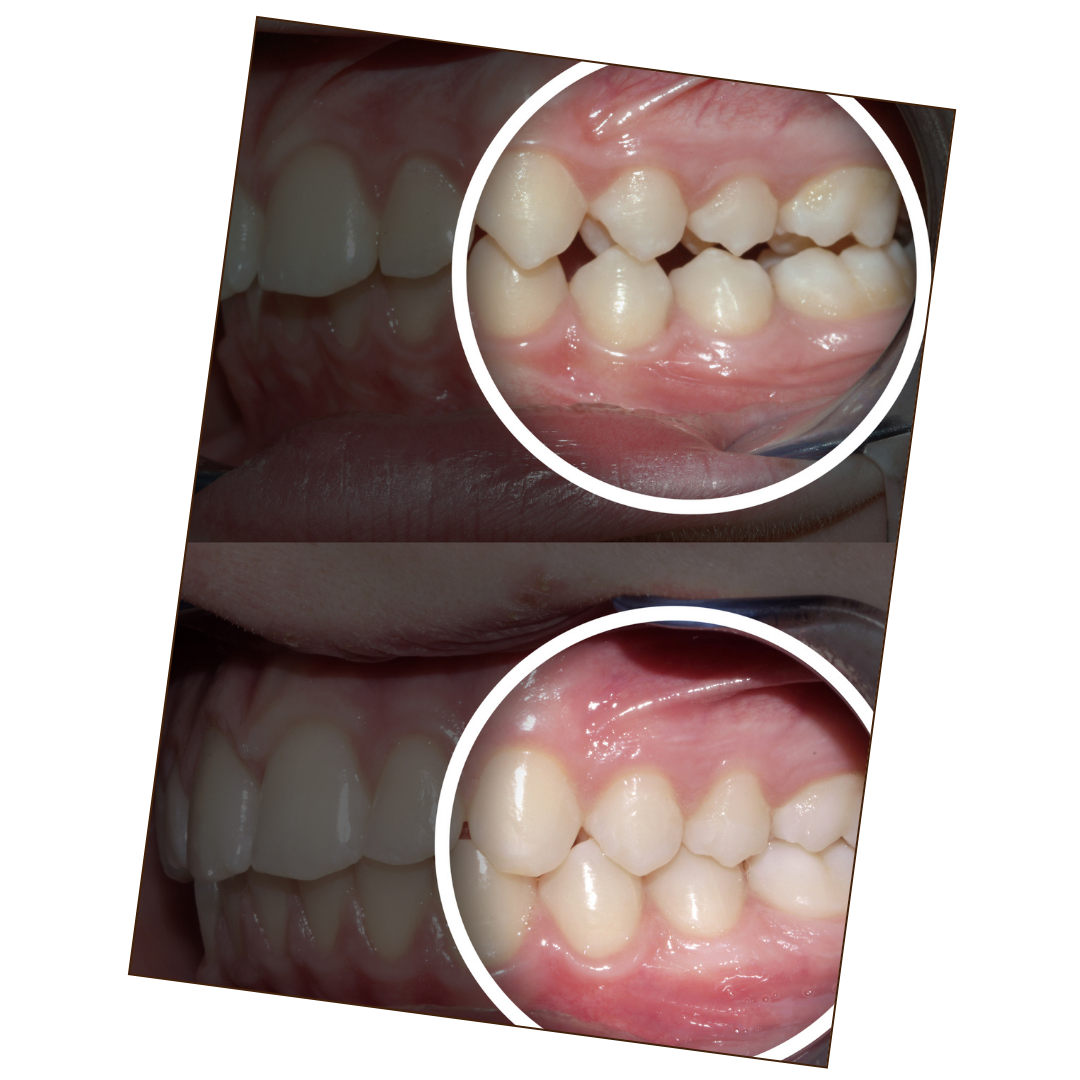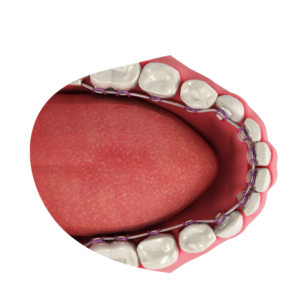Corrective Orthodontic Care

![]() What is Corrective orthodontics?
What is Corrective orthodontics?
Corrective orthodontics is used for the correction of established malocclusions like overbite, underbite, crossbite, deep bite, crooked teeth, and spaced teeth, and malocclusion related to jaws.
![]() Which appliance is used for Corrective orthodontics?
Which appliance is used for Corrective orthodontics?
Braces are used most commonly to assist in aligning and straightening teeth. Braces can also be used in conjunction with other orthodontic appliances for better correction.
![]() What are the benefits of Corrective orthodontics?
What are the benefits of Corrective orthodontics?
Correct tooth alignment is critical to healthy teeth, and good oral health is critical to overall health. Good oral health helps to prevent many diseases and allows us to enjoy a healthy diet with proper bite and feel good about ourselves with a beautiful smile.
![]() What are the types of Braces available?
What are the types of Braces available?
Traditionally metal braces were the most popular types of braces as they produce high quality results. With advancement in technology newer treatment modalities have been introduced to help overcome the disadvantages of metal braces.
Clear Ceramic braces and Invisalign have become more popular with time especially amongst young adults and teenagers who want the results of braces without the metal appearance.
Types of Braces
![]() Metal braces
Metal braces
Made up of stainless steel brackets and wires. The wire is used flexibly and fitted onto the brackets. These brackets are bonded to the teeth. Metal braces can only be used for permanent teeth to move the teeth slowly and accurately.


![]() Clear braces
Clear braces
These braces are with tieless brackets with high technology archwires that are clinically proven to move teeth quickly and comfortably by putting less force.
![]() Self-Ligating Braces
Self-Ligating Braces
Self-ligating braces use a special type of brackets requiring no elastics or metal ties to connect the archwire to the brackets. Patients report more comfort and less pain with this type of braces.


![]() Lingual Braces
Lingual Braces
Lingual braces are a great solution for anyone who prefers not to have the braces visible. Lingual braces are placed behind your teeth so that you get the same effective tooth alignment to create a beautiful smile without everyone realizing you have braces.
It is important to note that lingual braces require tremendous patient cooperation & oral hygiene measures as the tongue will be in contact with the braces most of the time.
![]() Clear Aligners/ Braces
Clear Aligners/ Braces
Clear braces were introduced to overcome the unaesthetic appearance of traditional metal braces. Quite popular amongst the teenagers.
Clear aligners are primarily invisible braces made up of clear BPA-free plastic. The patient is provided with a set of custom-made, clear trays to be worn for approximately two weeks.
Each aligner set is worn for approximately 2 weeks to guide the teeth into the desired position and alignment for the next in the series.


![]() Invisalign®
Invisalign®
Invisalign® is a type of clear braces that uses an advanced digital modeling system to prepare clear custom trays that will guide the desired teeth movement.
It is the most popular correction system amongst all age groups, especially teenagers.
![]() Advantages of Invisalign:
Advantages of Invisalign:
Highly aesthetic as it is almost invisible in the patient’s mouth.
Low maintenance as it is removable brushing and flossing is easy thereby keeps the teeth and gum clean and healthy.
No compromise in the type of food the patient is eating as the trays are removable. It can be removed while eating, and patients can enjoy their food without the fear of damage to the appliance.
Excellent system to start with lower jaw advancement treatment for teenagers with delayed mandibular (lower jaw) growth instead of long waiting time.
Results are as effective as conventional braces.
![]() Note:
Note:
Appliances used for orthodontic care especially the clear aligners and Invisalign systems are not one sized products that could be bought and worn by the patient for effective results. These are customised systems that varies from patient to patient and specially designed by the orthodontist.
Success of orthodontic treatment depends on a harmonious relation between the orthodontist and patient.
